
Climate and Migrant Justice
We have an enormous opportunity to plan for climate mobility in ways that will ensure safety, equity, self-determination and prosperity.
Explainer
Approach
Solutions
Glossary
Join Us
Illustration by Mikyung Lee
How are Climate Change and Migration Connected and Why Does It Matter?
We are living in an era of climate change, which is accelerating migration across the globe. Some places are already becoming unlivable, and people are on the move. While the majority of climate-displaced people can eventually return home, some cannot.
Climate impacts have already played a role in the displacement of many people currently seeking safety in the U.S. and U.K., as well as displacing people within these countries. People are also moving away from high-risk areas before disaster strikes.
We recognize that many of the challenges facing our societies and global community are complex and interconnected and are compounded by systemic racism and income inequality. Climate-related mobility intersects with racial and social inequities, which means that the impacts of climate change are not felt equally. Not all people have the freedom or the resources to adapt in place, or to move to safety.
Regardless of the context of individual countries, the forces of climate change and migration are not slowing. We know that the earlier we can take action, the better the results.
Our Approach
Our vision for our climate and migrant justice work is to support a powerful movement ecosystem that can prevent climate displacement and mitigate its harms, and to ensure that when people must move, their lives and the wellbeing of communities to which they move will be improved.
We are investing in a robust and growing ecosystem of leaders, organizations, and movements that are developing solutions to the intersecting issues of climate and migrant justice and to advancing a pluralist and inclusive democracy. They see systemic injustices and are seeking to heal them, and are building a sustainable, just, and equitable future. In moments of crisis come opportunities for transformation.
We are supporting this work across six strategy areas:
1. Resilience in Place
Empower communities to have the resources and infrastructure they need to stay safely in their homes, preventing climate displacement.
2. Routes to Safety
Develop and expand policies and legal frameworks that support safe, equitable, and orderly movement of people in response to a changing climate.
3. Build Climate Resilient, Equitable, and Welcoming Communities
Help catalyze and build support for ambitious, collaborative, multi-sector, community-centered, and data-powered efforts to build climate resilient, equitable, and welcoming communities.
4. Immigrants in the Just Transition
Immigrant and allied communities take actions to slow climate change and create a climate resilient, just future.
5. Narrative + Culture
We seek to build and activate a thriving narrative ecosystem powerful enough to transform the narrative ocean around climate and migrant justice and normalize migration as an adaptive response to climate change.
6. Cross-movement relationship building + ecosystem development
We seek to nurture and sustain relationships across all movements seeking to advance a pluralist and inclusive democracy, so that these movements are united in developing and implementing solutions to climate mobility and developing the ecosystem.
What is Climate Mobility?
The umbrella term of “climate mobility” encompasses the following types of movement:
(1) Disaster displacement: The movement of people who have been forced to leave their home as a result of a disaster or to avoid an immediate disaster.
(2) Climate migration: The movement of people who, predominantly for reasons of sudden or
progressive change in the environment due to climate change, are obliged to leave their habitual place of residence, or choose to do so, either temporarily or permanently, within a country or across an international border.
(3) Planned relocation: A planned process where people move away from their home, are settled in a new location, and provided with the conditions for rebuilding their lives.
(4) Trapped or immobile populations: A fourth category includes people who are unable or unwilling to move despite severe climate hazards.
Learn more in the full Climate Migration Explainer from IOM, Emerson Collective, and Climate Migration Council.
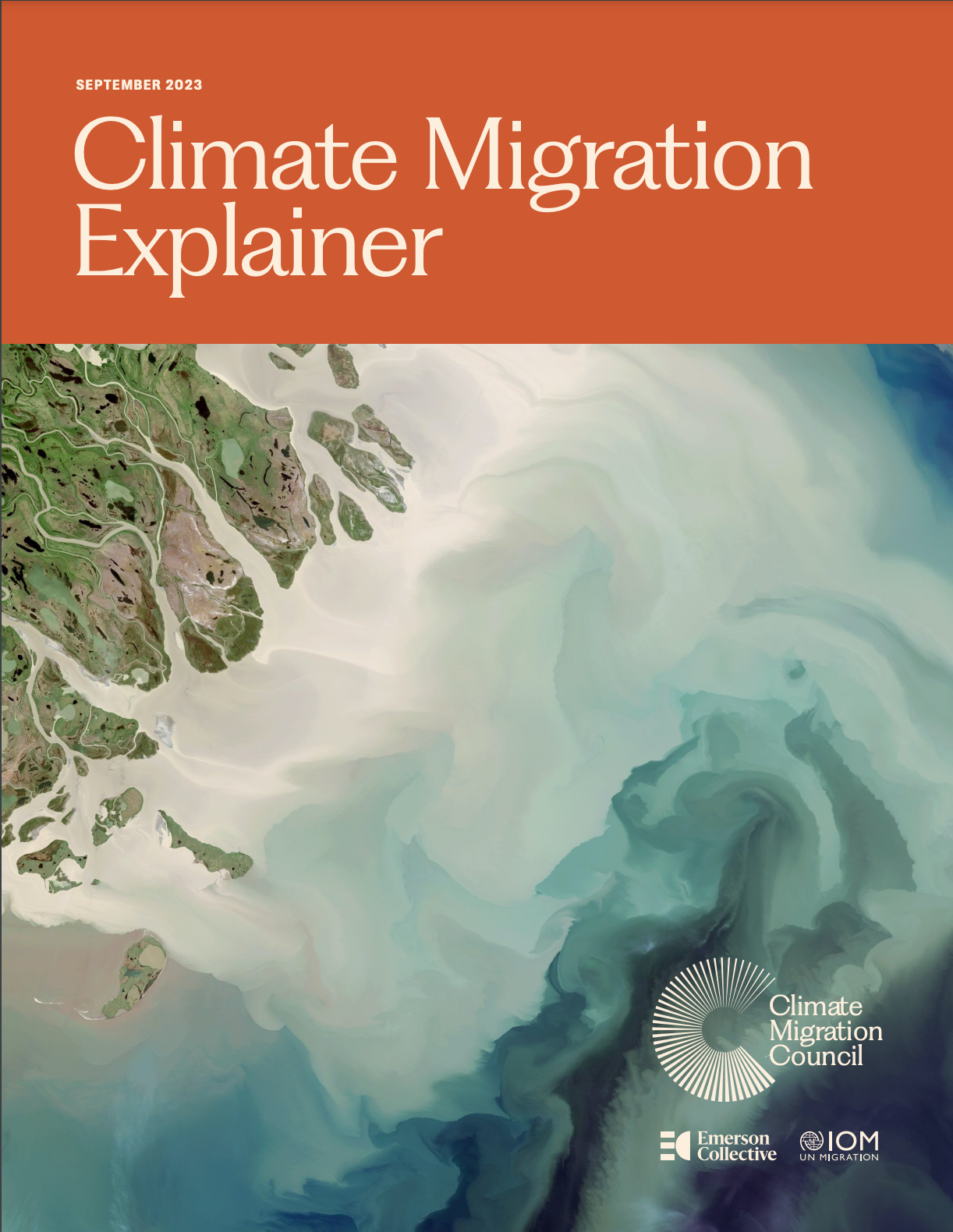
Expand Your Understanding
Explore further in our curated selection of resources and discover how climate mobility is interconnected with all aspects of our lives, including protecting our democracy, labor rights, and ensuring racial and gender justice.
Solutions & Impact
We and our partners are focusing not just on the analysis of the immense problems we face, but on the solutions.
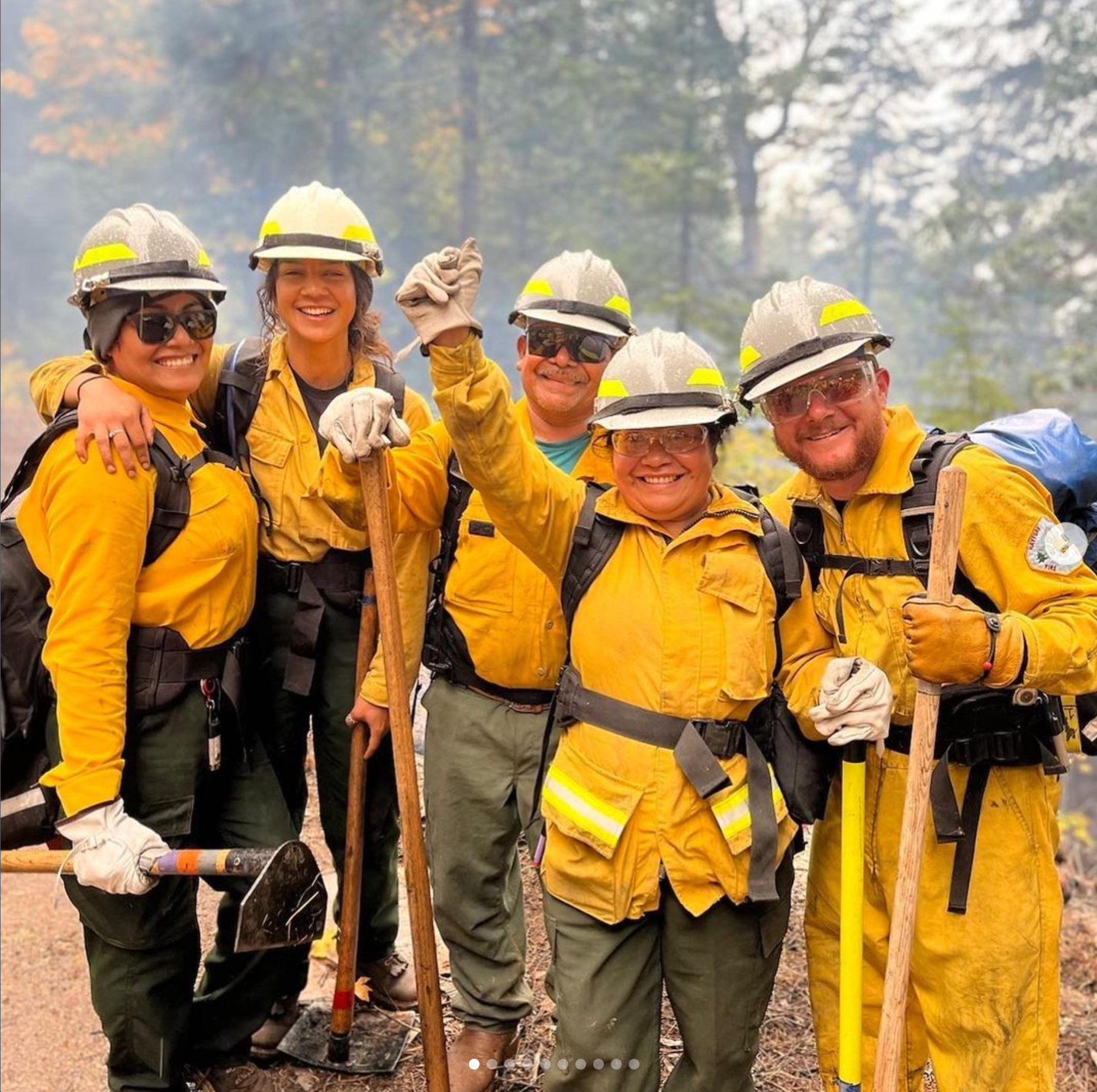
Grantee Spotlight:
Taproot Earth
Learn how Taproot Earth is building power and solutions among frontline communities advancing climate justice and democracy.
Our Climate and Migrant Justice Grantees
We are investing in an emerging ecosystem of leaders, organizations, and movements that are tackling interconnected issues in climate, migration, race, and democratic governance.
Many of our grantee partners are run by BIPOC and women leaders who have experienced climate disasters and displacement, and who know from their personal experience and professional expertise how these issues are tied together. They recognize that climate and migrant justice is about people, and that climate impacts every imaginable aspect of life, from housing, to health, to education. These leaders understand that how people experience these interconnected systems is tied to people’s layered identities— of race, ethnicity, gender, sexual orientation, class, and economic, educational, and professional differences. They see systemic injustices and are addressing the climate crisis by seeking to heal them, to build a sustainable, just, and equitable future.
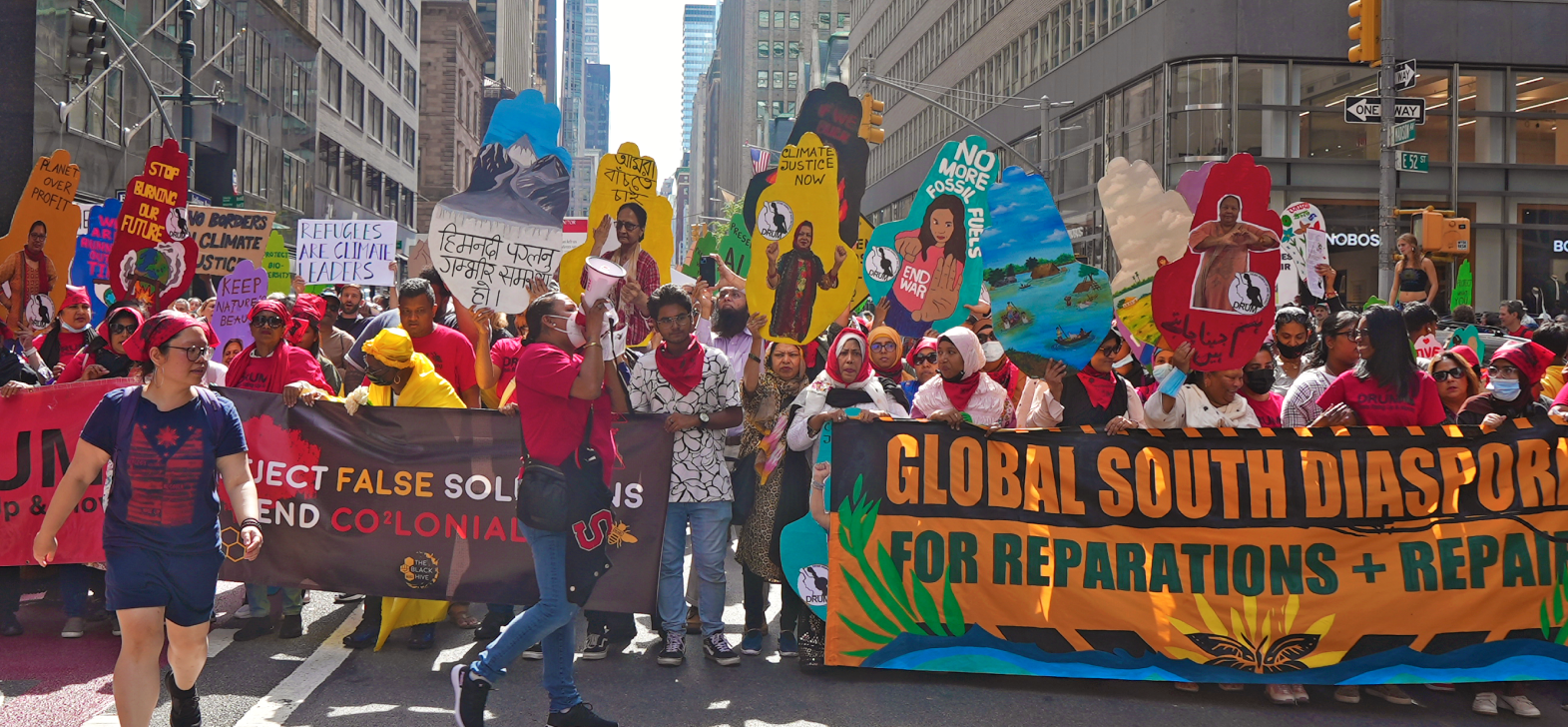
Global South Diaspora bloc at Climate Week NYC march, September 2023 (Photographer: Koralie Barrau)
Voices of Pathbreaking Leaders
Hear directly from pathbreaking leaders, offering deeper insights into climate and migrant justice.
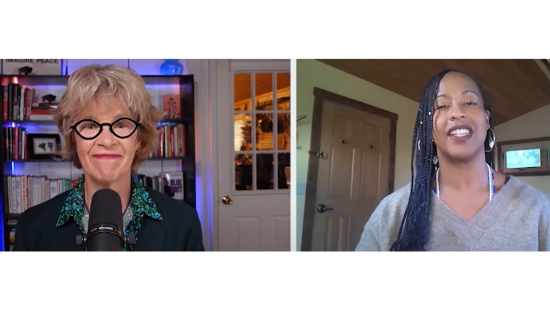
Climate Change Conversations with Colette Pichon Battle: Climate Justice Reparations to Save the Earth
Colette Pichon Battle describes Taproot Earth’s work to invest in frontline solutions for the global climate crisis, and how her own home in Louisiana is preparing for the impacts of climate change, and land loss.
Laura Flanders Show
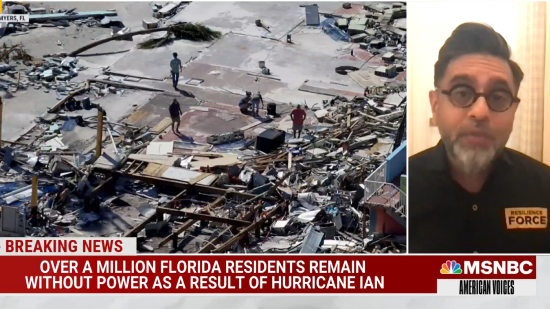
Migrants Lead Recovery in Southwest Florida
Saket Soni, Executive Director of Resilience Force, describes how resilience workers, many of whom are immigrants, are helping to rebuild and recover after Hurricane Ian.
MSNBC
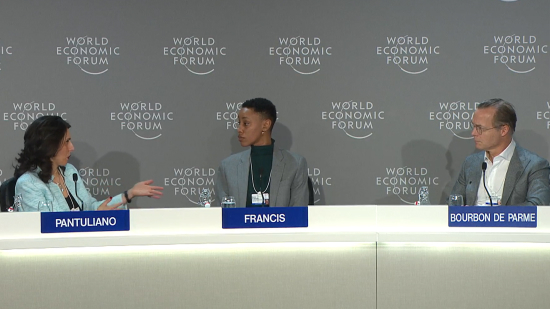
Ama Francis at World Economic Forum
Ama Francis, Climate Director at International Refugee Assistance Project, speaking at the World Economic Forum, on narratives related to climate-displaced people.
World Economic Forum
Case Studies
In these case studies, we offer tangible examples of organizations working at the intersections of climate and migrant justice. We see how immigrant communities are meeting the climate crisis with distinct cultural knowledge and in solidarity with other communities to create the future we all want. We learn about organizations that are creating change at a large scale to ensure pathways to safety for climate-displaced people, as well as shifting the narrative around climate-related migration and the people who help us clean up after disasters so that we can remain in our homes.
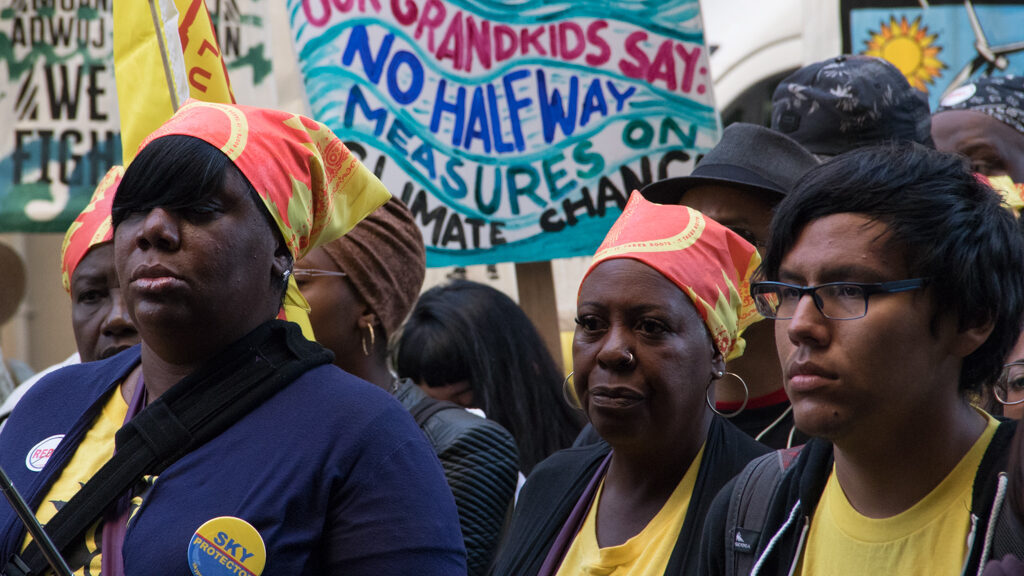
21st Century Law for 21st Century Migration
The Climate Displacement Program at the International Refugee Assistance Project
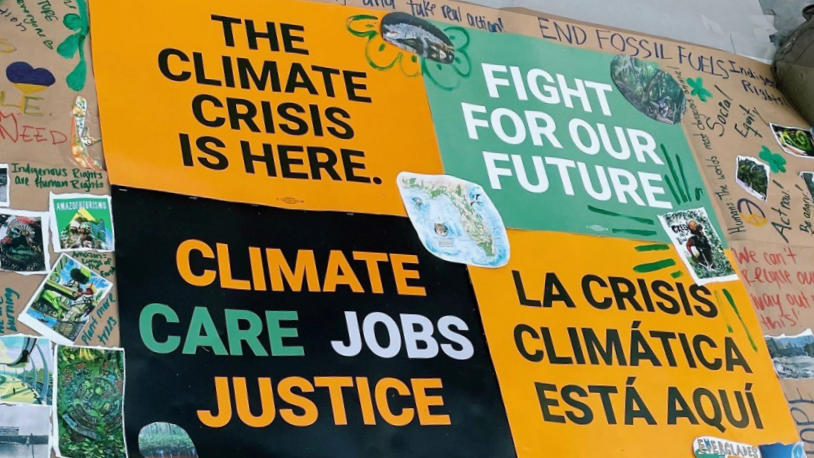
Harnessing the Power of the Immigrant Justice Movement for Climate Justice
The Climate Justice Collaborative at the National Partnership for New Americans
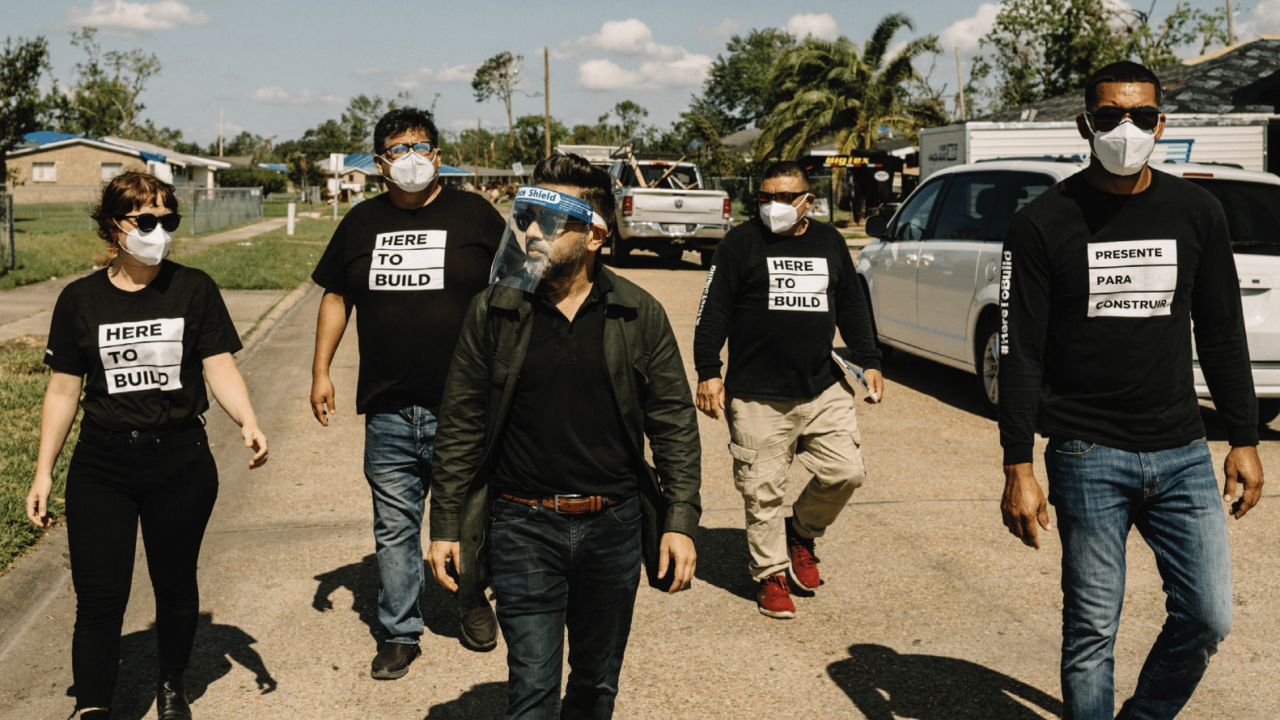
Centering the People at the Heart of Building Resilience
Resilience Force
Glossary
Below you will find definitions related to climate mobility, as provided by Climate Migration Council, Emerson Collective, and IOM’s Climate Migration Explainer (unless otherwise noted.)
Disaster Displacement
The movement of persons who have been forced or obliged to leave their homes or places of habitual residence as a result of a disaster or in order to avoid the impact of an immediate and foreseeable natural hazard.
Planned Relocation
In the context of disasters or environmental degradation, including the effects of climate change, a planned process in which persons or groups of persons move or are assisted to move away from their homes or place of temporary residence, are settled in a new location, and provided with the conditions for rebuilding their lives.
Trapped or Immobile Populations
“[P]opulations who do not migrate, yet are situated
in areas under threat, […] at risk of becoming
‘trapped’ [or having to stay behind], where they
will be more vulnerable to environmental shocks
and impoverishment.” This framing may apply
to poorer households that may not have the
resources to move and whose livelihoods are
affected by environmental change. Alternatively,
it may also apply to communities who do not
desire to leave ancestral lands despite the
challenges posed by climate change.
Climate Migration
The movement of a person or groups of persons who, predominantly for reasons of sudden or progressive change in the environment due to climate change, are obliged to leave their habitual place of residence, or choose to do so, either temporarily or permanently, within a country or across an international border. Climate change is often categorized as a threat multiplier, that is, a factor that accelerates other factors that motivate the temporary or permanent movement of people from their communities of origin.
Just Transition
“Just Transition is a vision-led, unifying and place-based set of principles, processes, and practices that build economic and political power to shift from an extractive economy to a regenerative economy… Just Transition describes both where we are going and how we get there.” (Learn more from Climate Justice Alliance)










